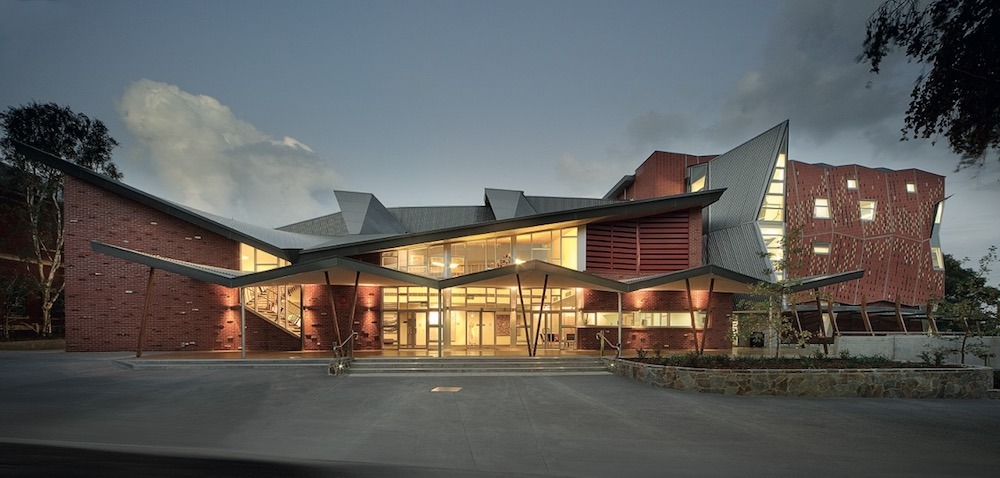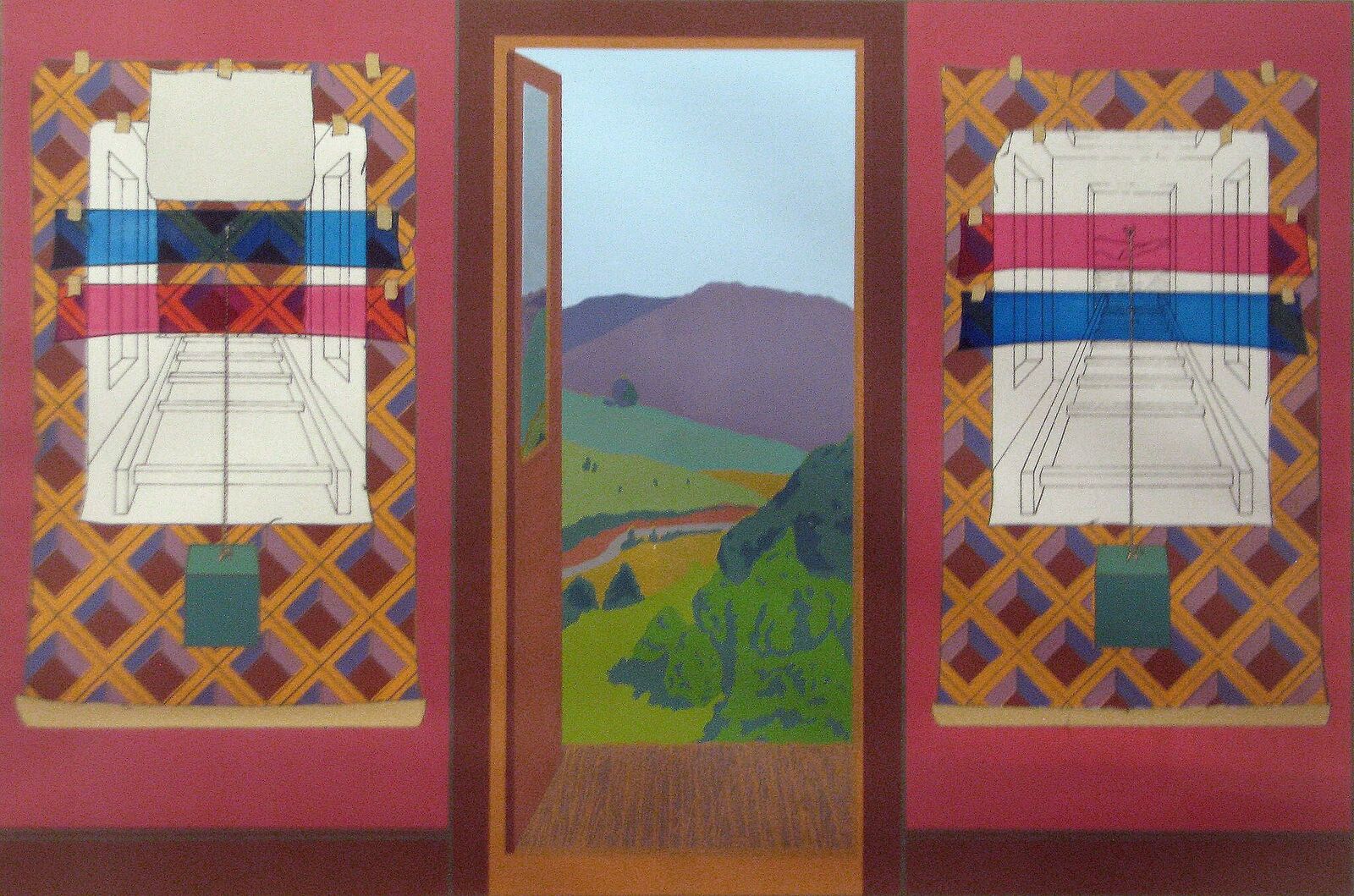By Craig Schwitter, P.E.
It’s not just the art that’s on display at contemporary museums and galleries: cultural institutions are drawing visitors to explore their daring architectural forms as much as their collections. But how do these buildings – which seem to defy the laws of nature – actually stand up? Hidden underneath these intriguing facades are inventive and creative engineering systems that support the sophisticated architectural visions.
Take, for example, Sperone Westwater Gallery on New York’s Bowery, and Crystal Bridges Museum of American Art in Arkansas. The compact Sperone Westwater Gallery, designed by Foster + Partners, is sandwiched between two urban buidings. In some ways, it is the complete opposite of Safdie Architects’ expansive Crystal Bridges Museum of American Art, which creates a dramatic arts enclave on a secluded rural site. Yet both are architectural forms that push the design envelope.
The architects of Sperone Westwater faced the challenge of inserting a 20,000-sq.-ft., eight-story building in an urban setting. Its narrow footprint would normally be limiting, but Foster + Partners used the small site to create a bold design feature: a “moving room,” which moves between the floors and brings the building’s design to a whole new level (literally). It is a grand visual gesture that’s also practical, because it adds extra gallery space.
To accommodate the 12 ft. x 20 ft. x 13 ft. moving room, the New York office of international engineering firm Buro Happold reinforced the shaft with concrete that pulls double duty. It ensures the structural integrity and functionality of the moving gallery, while supporting the glazed façade along Bowery. The engineers also built the floors and walls of the building with 10-in.-thick reinforced concrete, which requires less space than a steel-braced frame core.
In an altogether different approach, Safdie Architects designed the 201,000-sq.-ft. Crystal Bridges Museum as a series of seven hanging bridges. The bridges are integrated directly into the landscape of Bentonville, Arkansas surrounding two man-made ponds on a generous rural site.
Here the engineers faced the challenge of designing a structural framework that underpinned these unprecedented forms. They used bridge engineering technology and state-of-the-art software to devise an innovative solution for the hanging structures. Their complex structural roof systems required custom-built structural beams, which were made of locally sourced, glued laminated timber (glulams), to support the bridges’ weight.
“Through close collaboration and coordination between the architect and structural engineer, our original vision for the Crystal Bridges Museum of American Art became a reality,” said Hugh Phillips, Principal-in-Charge of Crystal Bridges for Safdie Architects. “After the basic concept of the design for the bridges was developed with the involvement of Buro Happold, we continued to work together throughout the design and construction process to ensure the engineering of the exposed and highly visible structural components of the bridges would reinforce and enhance the architectural design.”
As museums become more and more complex, so does the engineering behind their bold façades. While the art and the buildings that contain it are the main events, the best contemporary art buildings will always have an interesting backstory.
Craig Schwitter is Buro Happold’s managing director for North America. For more on Buro Happold, go to http://www.burohappold.com/
[slideshow id=627]


